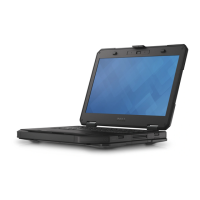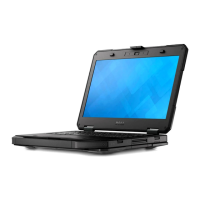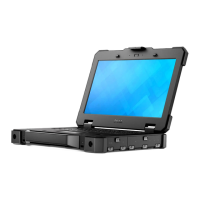1050 MHz (depending on the CPU model). Due to its lack of dedicated graphics memory or eDRAM cache, the HD 520 has to
access the main memory (2x 64-bit DDR3L-1600/DDR4-2133).
Performance
The exact performance of the HD Graphics 520 depends on various factors like L3 cache size, memory configuration (DDR3/
DDR4) and maximum clock rate of the specific model. The fastest versions Core i7-6600U should perform similar to a
dedicated GeForce 820M and handles modern games (as of 2015) in low settings.
Features
The revised video engine now decodes H.265/HEVC completely in hardware and more efficiently than before. Displays can be
connected using a DP 1.2/eDP 1.3 (max. 3840 x 2160 @ 60 Hz), whereas HDMI is limited to the older version 1.4a (max. 3840
x 2160 @ 30 Hz). However, HDMI 2.0 can be added using a DisplayPort converter. Up to three displays can be controlled
simultaneously.
Power Consumption
The HD Graphics 520 can be found in mobile processors specified at 15 W TDP and is therefore suited for compact laptops and
Ultrabooks.
Key Specifications
The following table contains the key specifications of the Intel HD Graphics 520:
Table 9. Key specifications
Specification Intel HD Graphics 520
Codename Skylake GT2
Architecture Intel Gen 6 (Skylake)
Pipelines 24 — unified
Core Speed 300 — 1050 (Boost) MHz
Memory Type DDR3/DDR4
Memory Bus Width 64/128 bit
Shared Memory Yes
Technology 14 nm
Features QuickSync
DirectX DirectX 12 (FL 12_1)
Max. Displays Supported Up to 3
DP 1.2/eDP 1.3 max. resolution 3840 x 2160 @ 60 Hz
HDMI max. resolution 3840 x 2160 @ 30 Hz
Technology and components 29

